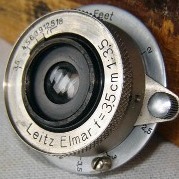CROSS POLARIZATION with flashes ans umbrella !
-
Recently Browsing 0 members
- No registered users viewing this page.
-
Similar Content
-
- 54 replies
- 13,394 views
-
- 43 replies
- 2,593 views
-
- 10 replies
- 1,575 views
-
- 4 replies
- 216 views
-
- 5 replies
- 450 views
-



Recommended Posts
Join the conversation
You can post now and register later. If you have an account, sign in now to post with your account.
Note: Your post will require moderator approval before it will be visible.